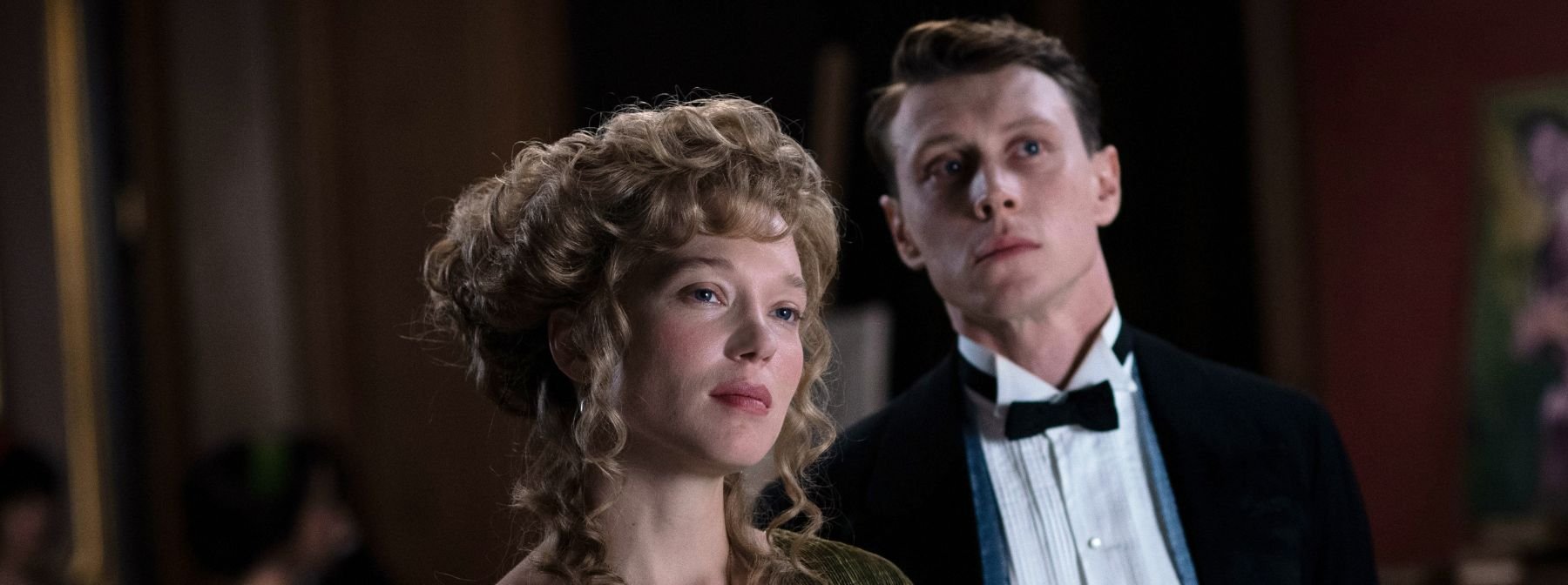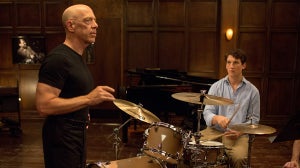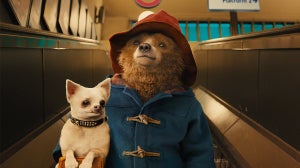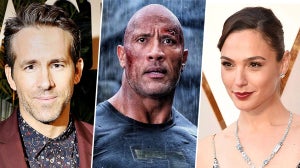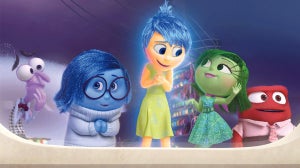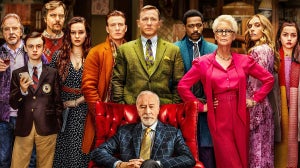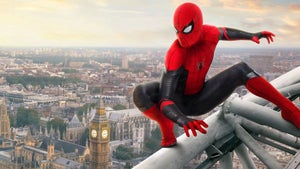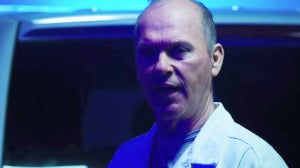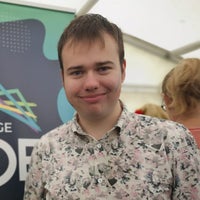
Initially set in a dystopian 2044, Léa Seydoux stars as Gabrielle, a woman about to go through the elaborate process of “purifying” her DNA as emotions have been made illegal by our new robot overlords, who have replaced most of the workforce and made humans “useless”. The process to remove emotions involves revisiting her past lives to try and get closure from unresolved traumas – a process which reveals that her fate in each life connects her to Louis (1917’s George MacKay), whose final incarnation she begins to fall for.
It’s a pessimistic view of the not-too-distant future, which even in such an over-the-top form, is an earnest representation of director Bertrand Bonello’s fears, as he explained to Zavvi: “The relationship between technology and humanity is something I worry about, but it’s a fear rooted in the present day. Science fiction is all about our current fears, which is one of the subjects of the film.
“But I don’t want to call The Beast a science fiction movie. It’s as much a melodrama and a slasher movie as it is sci-fi – I want this movie to mix emotions, I don’t want it to be simple.”
The film is a loose adaptation of Henry James’ 1903 novella The Beast In The Jungle, a tale of a man who lets his life pass by in fear of a grave, mystical fate – a fate which, he discovers too late, was missing out on love by refusing to let anybody get close to him. You’d have to squint to detect narrative parallels here, as the time-spanning narrative jumps between Paris during the 1910 floods and 2014 Los Angeles where an incel killer is on the loose, but Bonello maintains that the source material remained his biggest influence, even as he transformed it entirely.
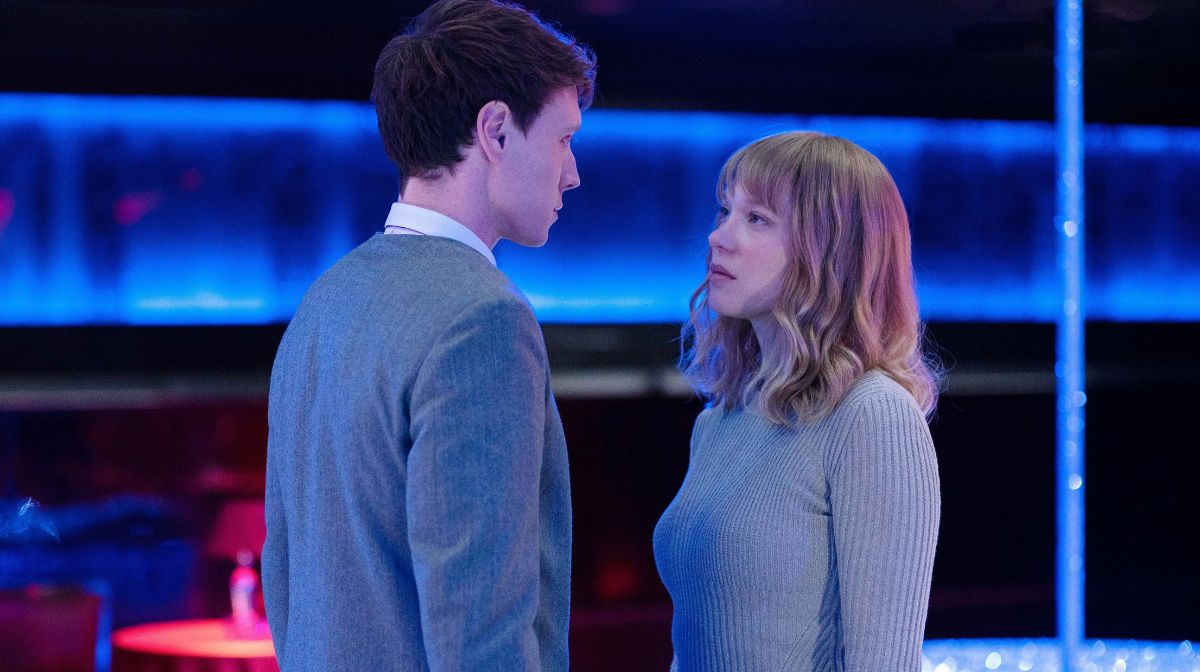
He continued: “I read this story over a decade ago and fell in love with it; I read it three or four times, but never considered making a film of it. When I started thinking about ideas for this movie, I wanted part of it to be a melodrama, and that’s what drove me back to the book – and I realised there was no better articulation of fear and love, and the fear of love itself, than what Henry James had put together.
“I took the argument of this story and did something else with it, but in a way, I ensured I remained faithful to the book. The first scene in 1910, at the party, all the dialogue is lifted from Henry James; I wanted to stay true to his ideas about the relationship between fear and love, whilst pushing it as far out as I could.”
Since premiering at the Venice Film Festival to a rapturous response last year, several critics have compared the movie to Cloud Atlas, another bonkers time-spanning epic with an A-list cast portraying a wild variety of characters across the ages. Bonello is quick to highlight he’s never seen that cult hit, and crucially, his film is its antithesis; that was a movie about how our shared humanity binds us together, whilst The Beast is about the fears that keep us from making connections.
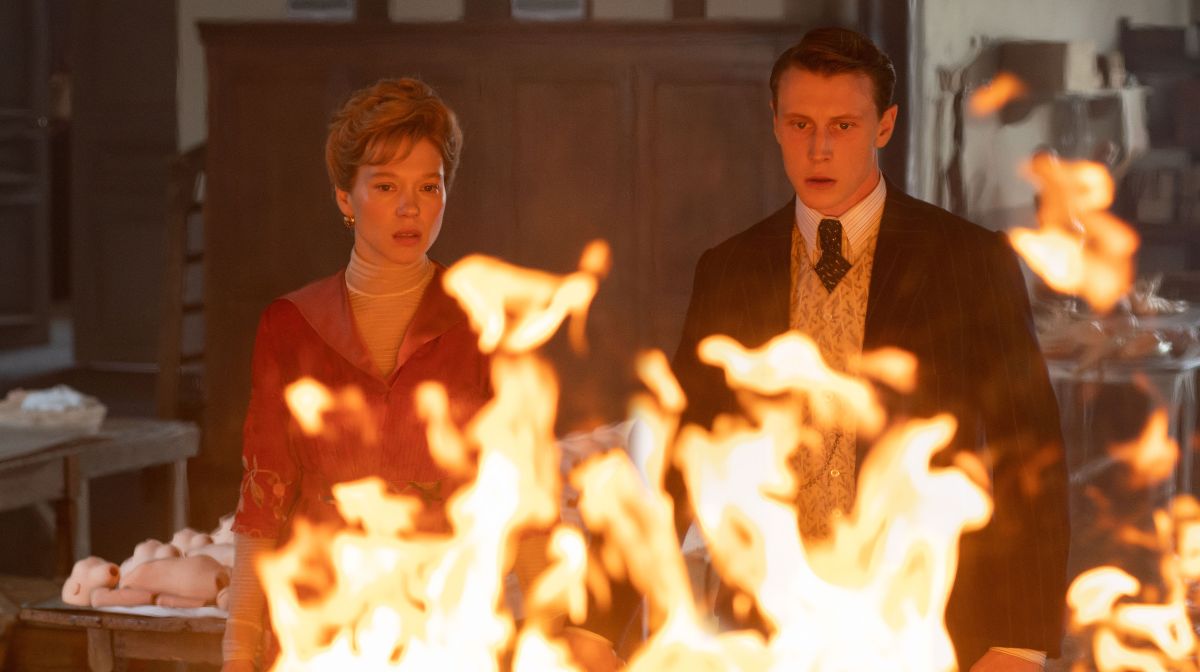
“It’s a reflection of all my fears, so it’s not very optimistic. It’s a very sad story, which is what I lifted most from Henry James; it’s ultimately about a lonely character who realises the fate she’s resigned herself to far too late”.
Bonello knew he wanted to anchor this story in several different periods, but these changed drastically during writing. For a long time, one of the key sections was set in the stand-up comedy world of 1936 Paris – an unexplored period prior to the Nazi occupation – and at another point, he had so many ideas, he thought it would have to become a miniseries instead.
“1910 and 1936 are very special periods, as they’re full of hope and light, but I realised they were too similar. In 1910, people were full of optimism for the century ahead, one without war and diseases, and then just four years later they were plunged into total darkness.”
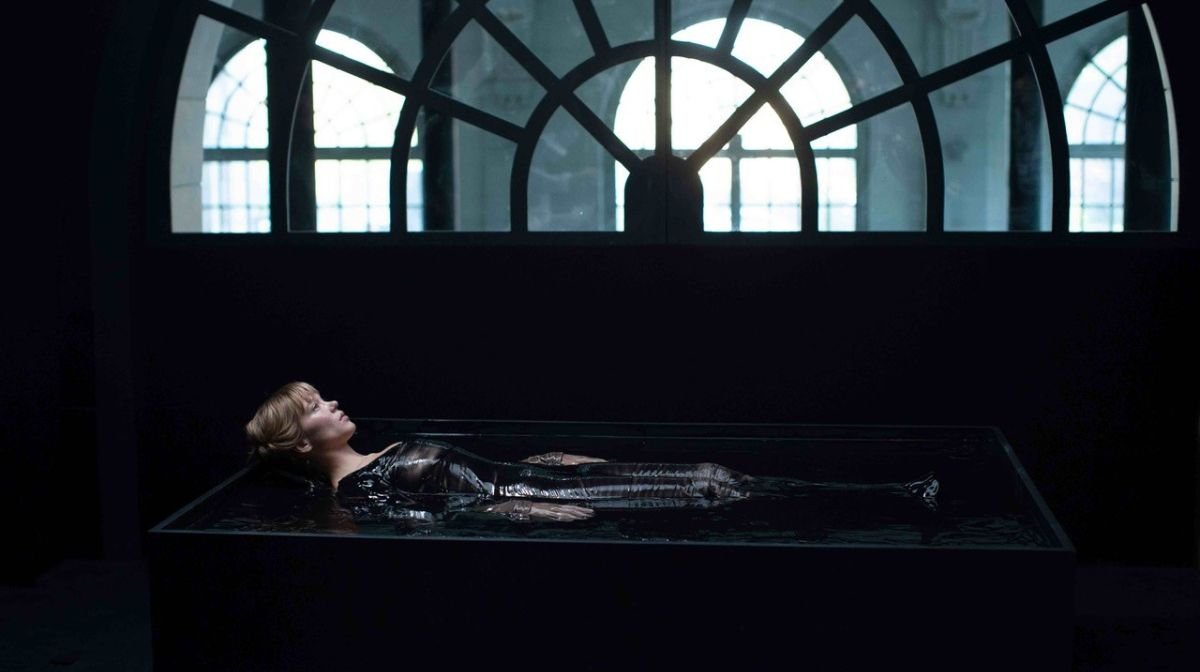
2014 was settled on as a second setting for a similar reason, and Bonello had a clear idea for how this “fear of love” could be represented here. Similar to lifting James’ original prose for that earlier section, here he gets his lead actor to recite dialogue lifted near-verbatim from real-life serial killer Elliot Rodger, who uploaded his manifesto to YouTube before he embarked on a killing spree – a bold creative swing which he felt was the perfect way to bring the original character’s resistance to forming emotional connections into the present.
“I wanted to switch which character had the fear of love between the 1910 and 2014 sections, shifting that from the character of Gabrielle to Louis, and that helped bring the argument of Henry James’ story into a contemporary era. I realised that to do justice to the essence of that story, then this character needed to be the ultimate product of American culture at that time: a man whose resistance to love made him become a misogynist killer.”
Prior to MacKay’s casting, Gaspard Ulliel was confirmed to play the lead role – the French actor tragically passed away in early 2022, and prompted Bonello to drastically rethink his approach. Making the movie in France, he initially assumed he’d have a French lead actor, who would be dubbed over in the American-set portions of the film so the English dialogue would sound “authentic”, but cast his net wider when forced back to the drawing board.
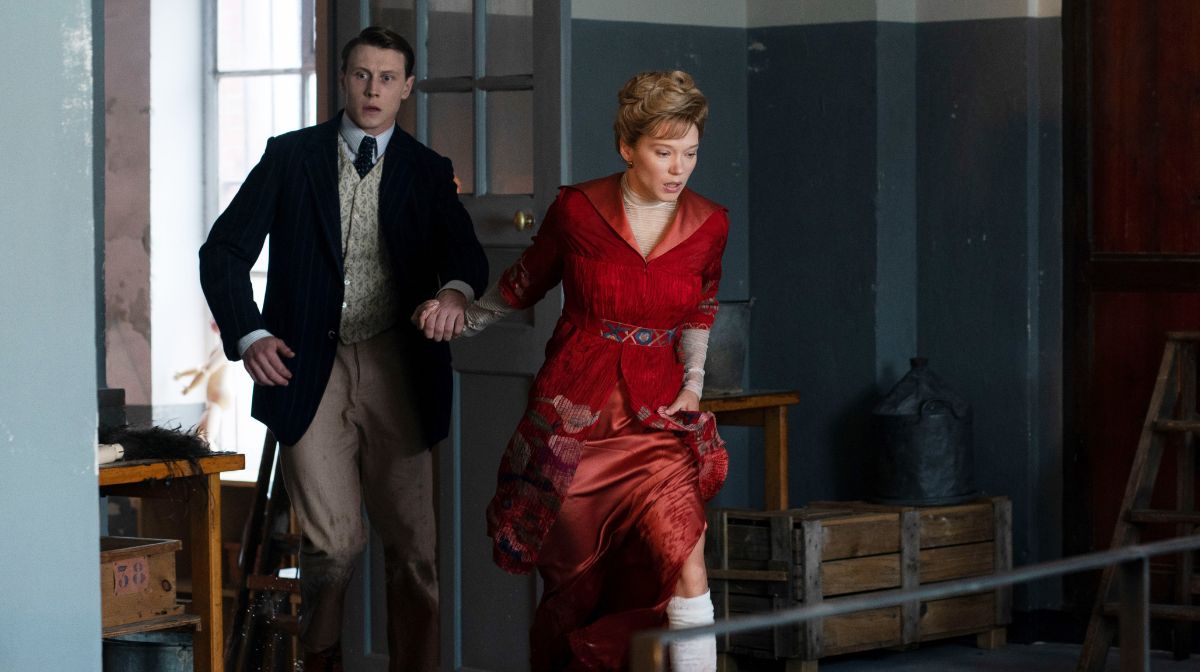
“The big change I made when I found George was making the 1910 portion of the story bilingual, and have these characters switch between French and English as they spoke. It became more like a game of seduction; George has an amazing accent, and he had this incredible chemistry with Léa – it was obvious that he would make the film possible again.”
Bonello had worked with Seydoux twice before, so her casting was more of a no-brainer; “When I was halfway through the writing, I realised she’s the only person in France who could do this movie, as she’s the only actress I believe could thrive in any era.
“She’s very modern, but she’s timeless in a way.”
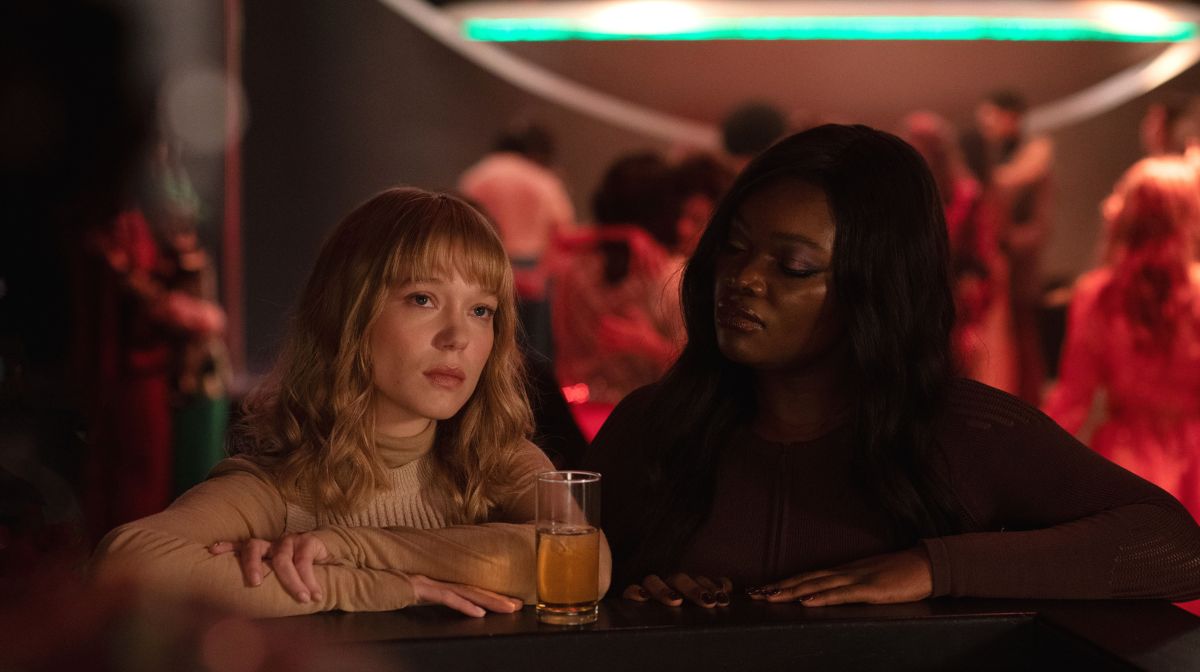
As with Bonello’s previous film Coma, The Beast tackles the existential theme of whether mankind possesses free will – a link between two films he hadn’t even considered; he confesses that he enjoys reading reviews and doing interviews to hear what people can see in his movies that must have “originated from the subconscious”.
This is surprising considering that one of the big talking points of The Beast is that, in place of traditional end credits, the movie suddenly ends with a QR code filling the screen. Surely this is a demonstration of how we don’t have free will – when faced with a QR code on a screen that big, who is strong enough to resist scanning it?
“That was an idea that came out of editing, inspired by classic cinema – they don’t have end credits, they just suddenly say “the end” and force you to sit in that moment, and that’s a sensation I wanted to try and find the modern equivalent of.
“The story ends in the 2044 section, a moment that feels like the climax of humanity, as Gabrielle is at her loneliest, and fading to a QR code just makes it feel even colder. It’s a final glimpse of a bleak future which is driven by dehumanising technology.”
The Beast is released in UK cinemas on Friday, 31st May.
